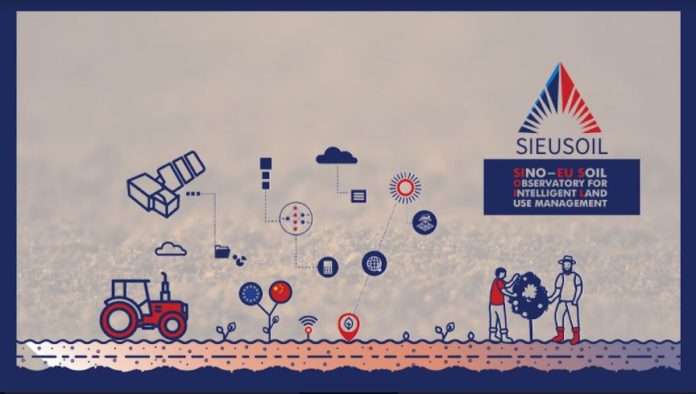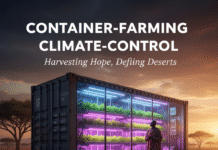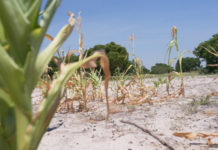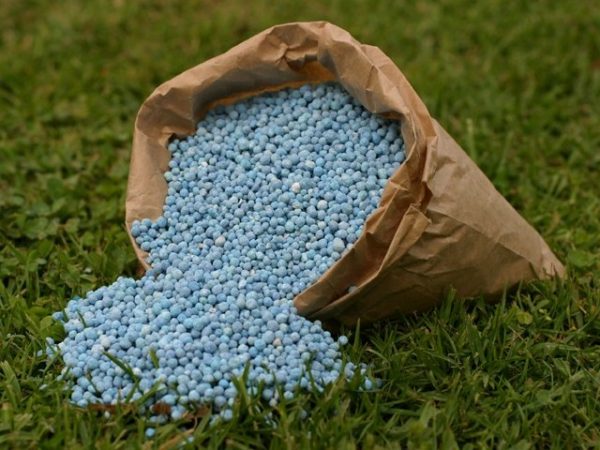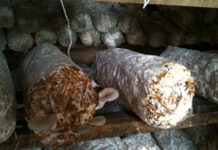Over 60% of all European soils are in an unhealthy state. Unsustainable soil management practices, growing population pressure, changes in consumption patterns and climate change are all contributing to soil contribution (Joint Research Center).
“Caring for soil is caring for life”, a proposed Horizon Europe mission in the area of soil health, has the ambitious goal of ensuring that 75% of soils are healthy and able to provide essential ecosystem services by 2030.
The SIEUSOIL research project which is supported by the Research and Innovation programme HORIZON 2020, aims to develop sustainable soil management practices based on a harmonised land information system suitable for diverse climate and operation conditions.
Soil platform
The SIEUSOIL Eurasian soil platform will enable the incorporation and maintenance of existing soil databases with soil‐related data, models, as well as other relevant information, such as legislation, land parcel identification system, information on climate and land use changes.
Its Open Land Use map will be the most detailed map of land use based on gathering available data and it will be serving as a tool for correlating land use and soil quality data. The SIEUSOIL tool development for assessing current soil and land quality involves the Geodatabase compilation on agricultural yield statistics, soil properties and soil/land/water resources, the Parcel biophysical parameter extraction from Copernicus Land Monitoring Service and the Web‐based viewer with access to indicators of yield.
The products related to the generation of fertilization maps and site‐specific tillage are based on an on‐line soil scanning methodology. Regarding variable rate fertilization, maps of soil fertility and physics parameters have been produced and, jointly with other ground data as crop yield maps of previous years, laboratory soil samples analysis and satellite remote sensing NDVI images, management zone maps within the plot accordingly with the soil potential productivity have been generated.
The Land Suitability Analysis tool is being developed under the relevant FAO framework incorporating environmental and socio‐economic indicators and it aims at providing land suitability zones for enhanced crop productivity taking into account environmental protection, socio‐economic restrictions, and climate change mitigation.
Lastly, the Decision Support System will consist of a web‐based tool with 2 main components, the Precision farming component and the Land suitability component.



